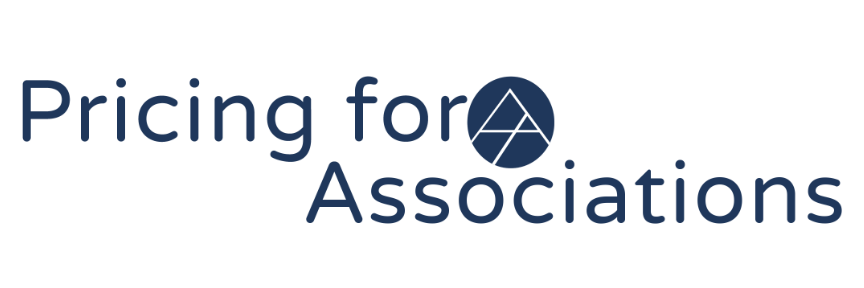Does Engagement Equal Value?
“Does engagement equal value?” Not necessarily - and we're going to talk about this in our latest article below. This article is inspired by a recent conversation we had in Association Chat’s online Facebook group.
When we ask an association how they measure the value that a product or offering has with their audience, the first metric that the association wants to cling to is engagement. Engagement can be quantified in many ways, but typically it is measured by the frequency of access to the specific product or offering.
If we have high engagement, then there should be value - right?
Not necessarily.
Why is engagement not always equal to value? Let’s continue with the train of thought that engagement is related to the frequency of interacting with the product that an association puts out. This would mean that something becomes more valuable just because it is accessed more frequently versus something that is accessed less frequently.
Let's think about some real products where that's just not true:
The first type of product that we can think of is a webinar. Many webinars tend to have fluff content that doesn't go too deep -- i.e., isn't going to fully give the next step or a super valuable takeaway.
Instead, a webinar is going to give ideas that are worth considering. And if the webinar is sponsored? It's really a sales pitch for whoever is presenting.
Of course this is all a generalization, but I think that for the most part we would agree that this is what a webinar’s function is.
Webinars tend to have high frequency - usually 1-4 per month are conducted at any given association.
This means your audience could be engaging with webinars every single week. That's a high touch point from a product within your catalog. But does that mean that they value them within the same proportion?
Now if we consider another product such as a salary survey that might happen once per year, this would have a lower engagement rate of reviewing it once or twice per year.
But there is so much value in a salary survey. I would bet that most people would say that the salary survey is more valuable than an individual webinar, and possibly even your collection of webinars that you put on throughout the year because the salary survey gives real information that they can benchmark against others in their profession to determine if their salary is on par with concrete data that they can use with their employer.
Now, if we went back to engagement being the most important value driver, then we would say that the webinars are more valuable because they're accessed way more frequently than the salary survey ever is. But by now you’re nodding your head in agreement that this is not true. I can almost guarantee that if we did a survey of your own people and we asked which they prefer more, depending on the content of the series of webinars, they would most likely pick the salary survey.
So what does this mean for you as an organization?
While it means that engagement is one metric to look at when it comes to determining the value of the products that you are presenting to your audience, it is not the only metric that you should be looking at.
There are many other metrics beyond engagement that you can place on your product dashboard, and it depends on what type of product it is.
Your pricing and value should be looked at as a strategy across your ecosystem of products that range from free components to high-ticket items.
The next time that you're in a meeting and someone pinpoints engagement as the most important metric, remember to take a step back, look at the forest from the trees, and remember that engagement might actually not be the most important way to determine if that specific product is meeting the goal of delivering value for your organization’s audience.
P.S. There is a case to be made for webinars, free content, and products that are low-hanging fruit or cost centers for your organization. Not everything needs to turn a major profit, and while everything should be valuable, some things won’t be as high in value as others.


